Zero‑Waste Cooking: Essential Guide for Conscious Cooks
Imagine preparing meals without leaving behind unnecessary scraps or wasted ingredients. What Is Zero‑Waste Cooking, and How Do You Do It? is a question that many curious cooks ask as they seek to reduce waste and save money in the kitchen. Did you know that every year, households throw away millions of pounds of food that could otherwise be repurposed into delicious dishes? Today, we explore this thoughtful approach to cooking, a practice that is both sustainable and creative.
Table of Contents
Understanding Zero‑Waste Cooking
Definition & Core Principles
Zero‑waste cooking means preparing meals in such a way that you minimize or completely eliminate leftover waste. It is all about reusing ingredients to their fullest extent—from turning vegetable scraps into a hearty broth to repurposing stale bread in savory dishes. The core principles include reducing waste at every step, repurposing leftovers creatively, and recycling food scraps effectively.
A Short History & Evolution
What started as a small movement among environmentally conscious cooks has now grown into a popular trend in modern culinary practices. Over the past decade, more households and professional kitchens have adopted practices to conserve resources and produce minimal waste.
Zero‑Waste Cooking vs. Traditional Cooking
Traditional cooking often leads to discarded parts like peelings, stems, and bones, with many of these items ending up in the trash. In contrast, zero‑waste cooking encourages using every possible part of an ingredient. Think of it like turning potential waste into a tasty part of your meal—an approach that changes the way you see everyday cooking.
The Benefits of Zero‑Waste Cooking
Environmental Benefits
By reducing food waste, you help lower the amount of garbage sent to landfills, which decreases the release of harmful greenhouse gases. A smaller waste footprint means a healthier community and cleaner surroundings.
Economic Advantages
Cutting down on kitchen waste not only protects the environment but also saves you money. When you plan meals to use every ingredient, you get more value for every dollar spent. Imagine turning what would be thrown away into a new dish—it’s like getting a bonus on every ingredient!
Health & Community Benefits
Zero‑waste cooking also encourages the use of fresh, seasonal ingredients that are naturally more nutritious. When you commit to this style of cooking, you often experiment with a variety of produce and whole foods, leading to better overall health. Additionally, sharing your zero‑waste journey with friends, neighbors, or online groups can build a supportive community focused on sustainable living.
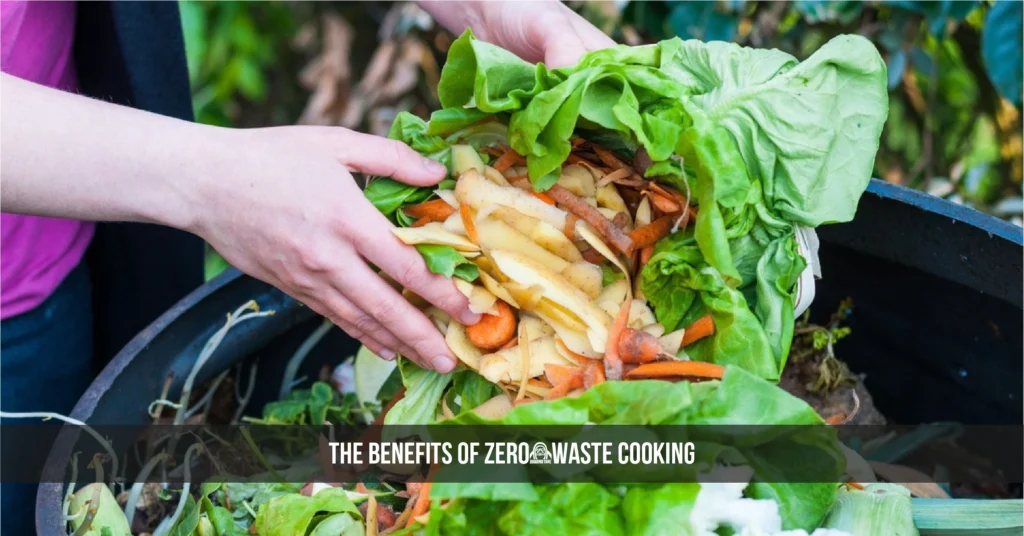
Getting Started with Zero‑Waste Cooking
Assessing Your Kitchen
Take a moment to review your current kitchen setup. Conduct a small “waste audit” by noting which parts of your ingredients you throw away on a weekly basis. List out items like vegetable peelings, bones, or unused herbs and consider how they might be put to good use.
Setting Goals & Planning
Decide on small, achievable goals. Perhaps start by aiming to make stock from vegetable scraps once a week or using leftover greens in a soup. Write down your plans and track your progress so you can see the positive impact over time.
Tools & Resources
There are plenty of handy tools that can simplify your zero‑waste journey. Consider adding a quality compost bin, reusable food storage containers, or even a cookbook on sustainable cooking to your kitchen arsenal. Look online for blogs, videos, and local workshops that focus on sustainable and eco‑friendly cooking practices.
Practical Strategies and Tips
Meal Planning for Zero Waste
Begin by planning your meals carefully to ensure you use every ingredient. Here are a few ideas:
- Make a list of meals that share similar ingredients.
- Plan a weekly menu that reuses leftovers effectively.
- Create a “what’s left” list before heading to the store to avoid buying duplicate items.
Smart Grocery Shopping & Storage
When shopping, opt for items sold in bulk and consider reusable packaging when possible. Once home, store ingredients properly to extend their shelf life. For instance, keep herbs fresh by placing them in a glass of water and covering them with a plastic bag—this simple trick can help reduce spoilage.
Cooking Techniques to Reduce Waste
- Repurpose Leftovers: Transform yesterday’s dinner into today’s soup or stew.
- Use Every Part: Remember, stems, peels, and even bones can add flavor and nutrition to your dishes.
- Creative Presentation: If a vegetable seems past its prime, blend it into a sauce or puree for a new twist.
Composting & Recycling
Even with the best planning, some scraps may remain. Consider starting a small compost pile or using a countertop composter. This not only reduces waste but also creates nutrient‑rich soil for your garden.
Here is a simple table outlining common kitchen scraps and their potential uses:
| Kitchen Scrap | Potential Use |
|---|---|
| Vegetable peels | Homemade broth |
| Stale bread | Croutons or breadcrumbs |
| Citrus rinds | Zest for recipes or cleaning |
| Coffee grounds | Garden fertilizer |
And another table highlighting storage tips for common ingredients:
| Ingredient | Storage Tip |
|---|---|
| Fresh herbs | Trim stems, place in water, cover loosely |
| Berries | Rinse just before eating; store dry in the fridge |
| Root vegetables | Keep in a cool, dry place or in a paper bag |
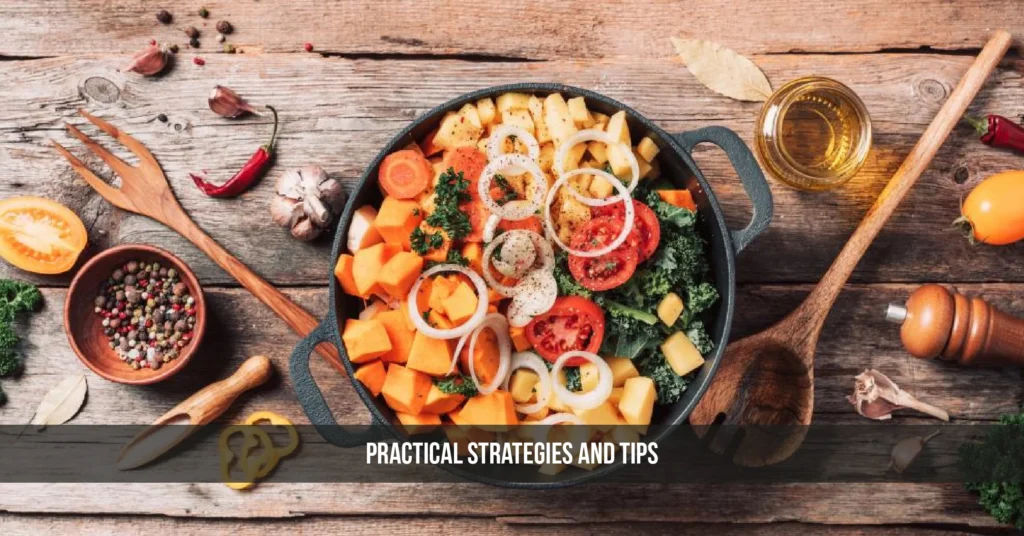
Zero‑Waste Cooking Recipes and Inspiration
Feature Recipes
Here are two simple recipes that showcase the principles of zero‑waste cooking:
Vegetable Broth from Scraps
- Collect peels, stems, and ends from carrots, onions, garlic, and celery.
- Rinse the scraps and place them in a large pot.
- Cover with water, add a bay leaf, and simmer for 1–2 hours.
- Strain the broth and use it as a base for soups or stews.
Leftover Salad Wraps
- Gather extra greens and any leftover vegetables.
- Toss them with a simple dressing of olive oil, lemon juice, salt, and pepper.
- Roll the mixture in a tortilla or lettuce leaves for a quick and healthy wrap.
Creative Uses for Leftovers
- Transform extra rice into fried rice with mixed veggies.
- Use wilting greens in a blended smoothie or pesto.
- Turn overripe fruit into a refreshing compote or homemade jam.
Seasonal & Local Variations
Consider the season when choosing recipes. In summer, incorporate fresh, local produce into cold salads and chilled soups; in winter, hearty stews and broths make the most of root vegetables. Focus on ingredients that are in season to maximize flavor and freshness while reducing waste.
Overcoming Challenges in Zero‑Waste Cooking
Common Obstacles & Solutions
Many of us face challenges such as spoilage, lack of time, or simply not knowing what to do with leftovers. One helpful tip is to adopt a “one‑pot rule,” where nearly every part of your ingredient finds its way into a single dish. Planning and regular kitchen audits can save you from common pitfalls.
Tips for Involving the Family
Getting everyone on board can be fun! Invite your family to help with meal planning or repurpose leftovers together. Ask children to help turn vegetable scraps into a simple soup—they will enjoy the creative process and learn valuable lessons about sustainability.
Budget‑Friendly Strategies
Keeping waste low does not require an extravagant investment. Simple methods like repurposing scraps and proper storage can save a surprising amount of money. For those on a budget, meal planning and buying seasonal produce are excellent ways to reduce both waste and grocery bills.
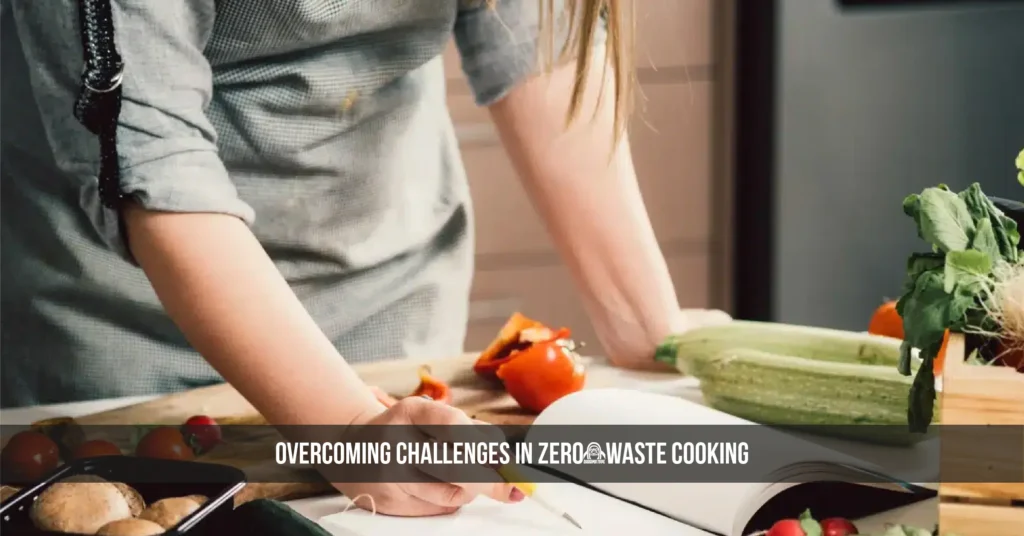
Conclusion
Zero‑waste cooking offers an exciting and practical way to transform the way you prepare meals. By putting more thought into how you use every ingredient and repurposing scraps into tasty creations, you benefit the environment, save money, and enjoy a richer cooking experience. Whether you’re planning a simple broth or an elaborate repurposed dish, every little change adds up.
Start small, be creative, and gradually, your kitchen will become a hub of sustainable and resourceful cooking. Remember, the journey to a waste‑free kitchen is a learning process best enjoyed with a curious mind and a willing heart. Enjoy your adventures in the kitchen, and share your successes with friends and family—it’s a practice that feels as good for you as it is for the planet.
Also Read: The Do’s and Don’ts of Healthy Cooking Methods
FAQs
What exactly is zero‑waste cooking?
Zero‑waste cooking means using every part of your ingredients—like making broth from vegetable scraps—to minimize waste. This approach not only cuts down on garbage but also brings new flavors and saves money.
How can I start practicing zero‑waste cooking at home?
Begin with a small “waste audit” of your kitchen and set simple goals such as repurposing vegetable peels into stock. Experiment with recipes that creatively transform leftovers into new dishes.
What are the benefits of adopting zero‑waste cooking?
It reduces food waste and helps lower your grocery bills while promoting a sustainable lifestyle. Additionally, it encourages you to use fresher ingredients and can lead to more nutritious meals.
How can I involve my family in this zero‑waste journey?
Make repurposing leftovers a fun family activity by brainstorming creative recipes together. This not only reduces waste but also creates a shared, educational experience for everyone.
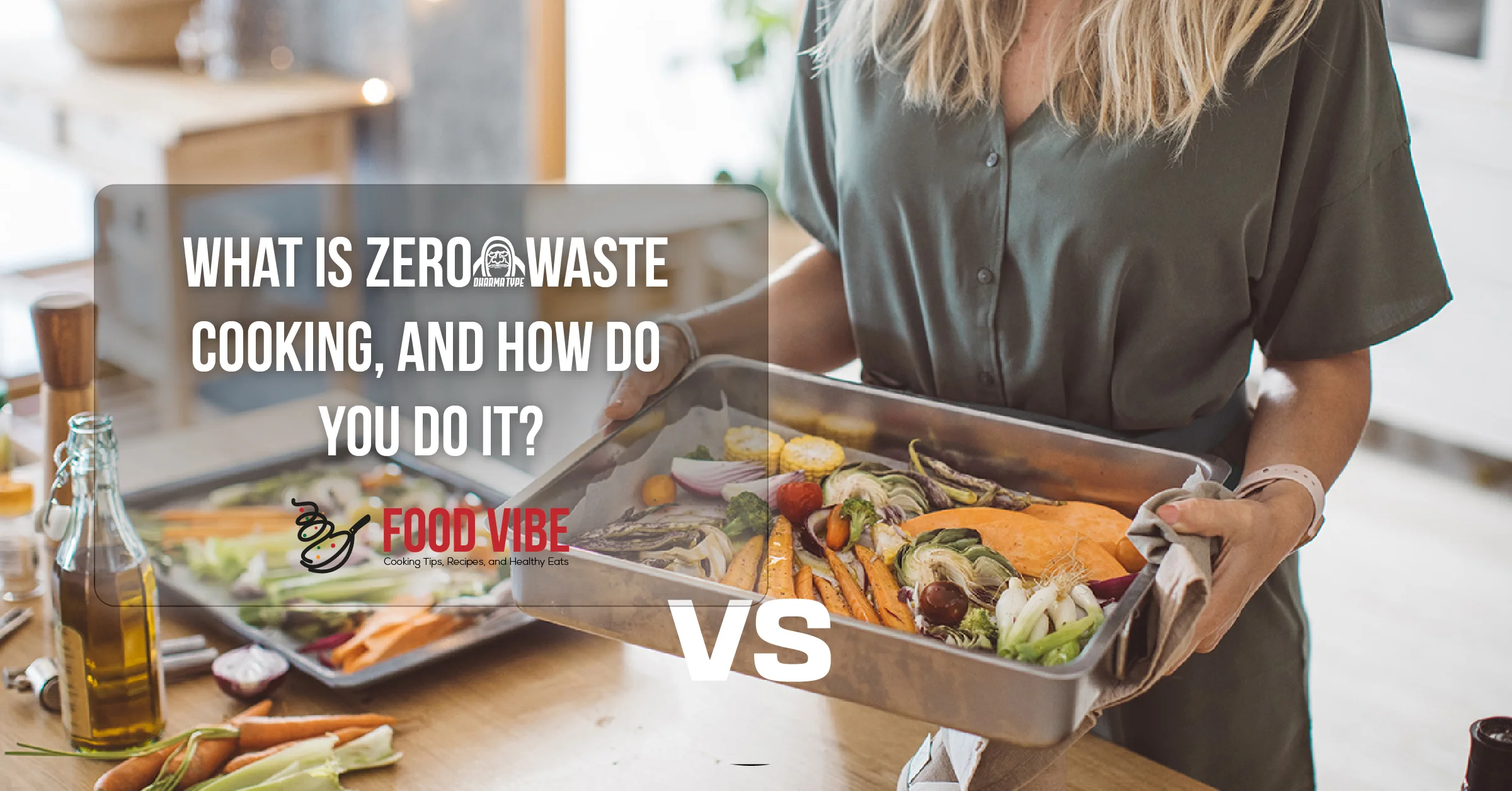


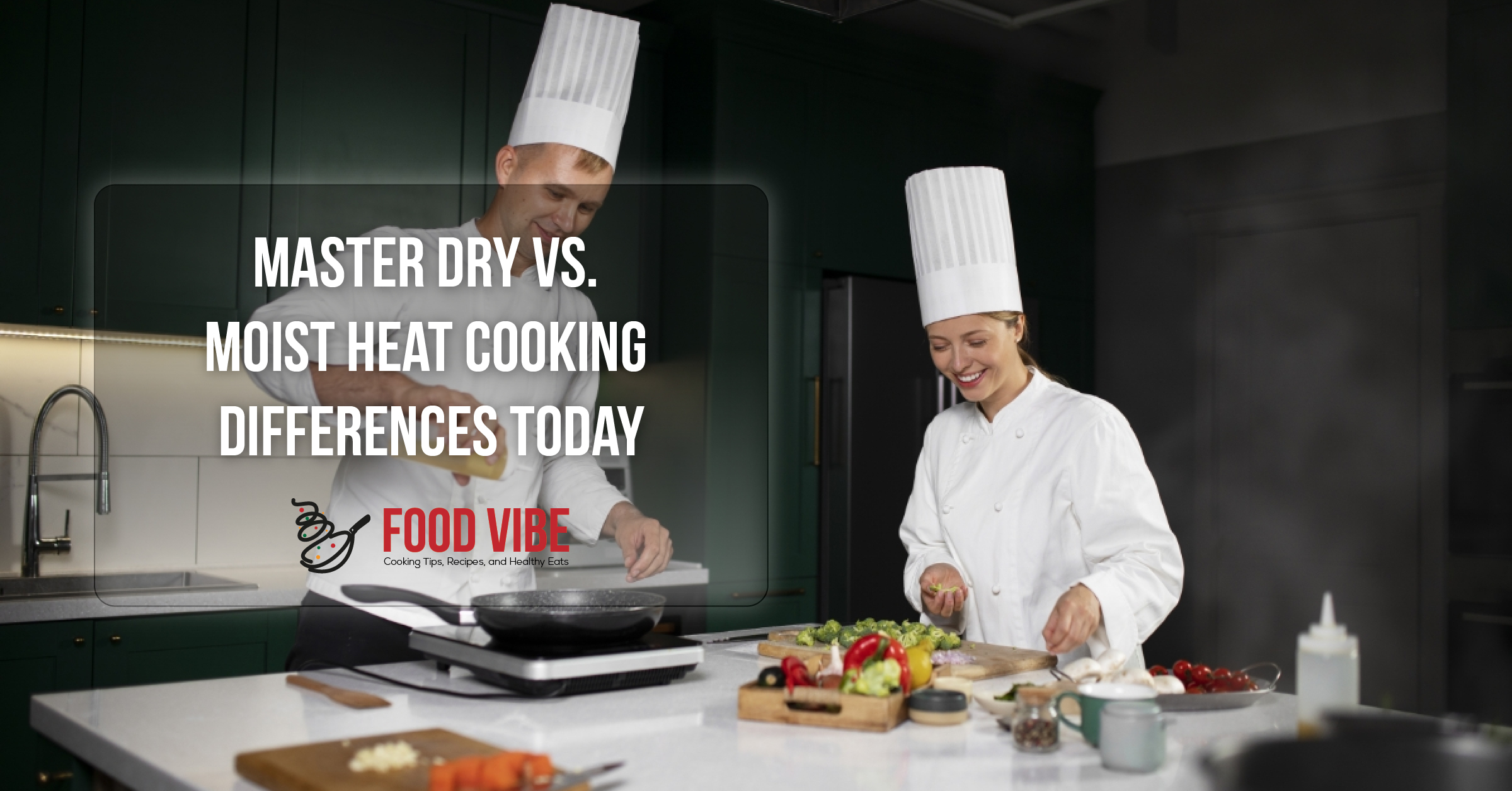

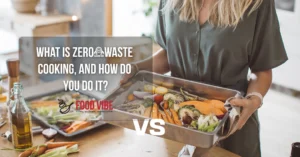






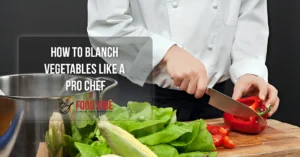

Post Comment